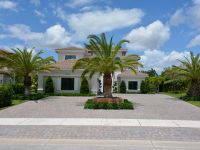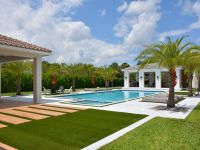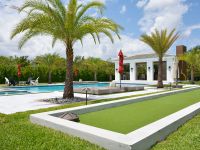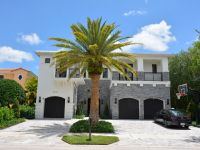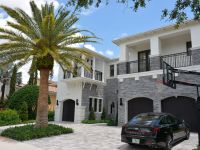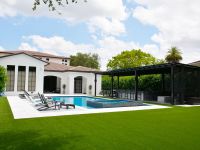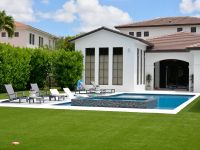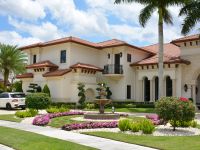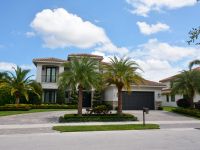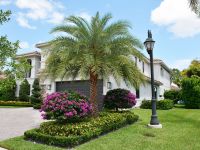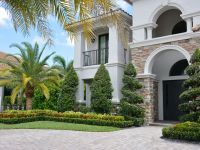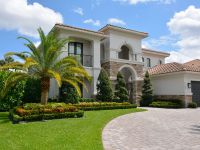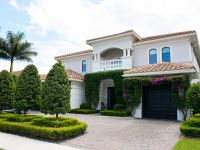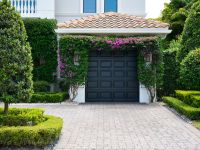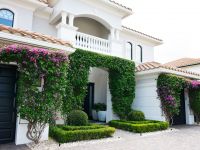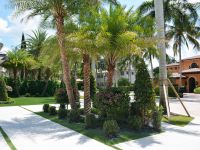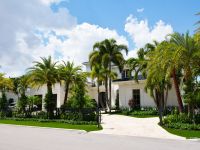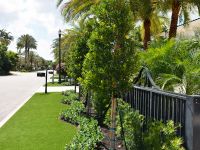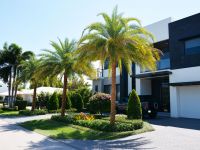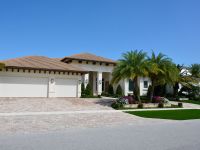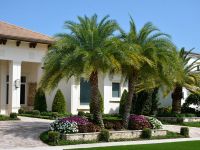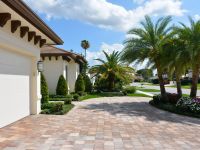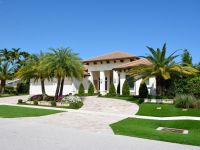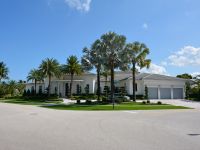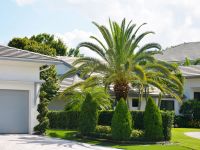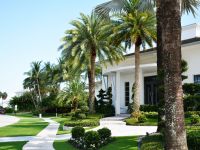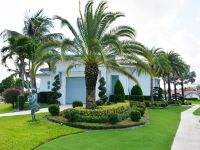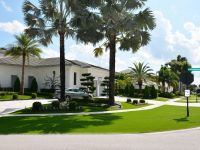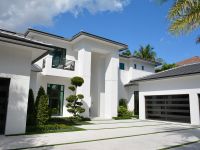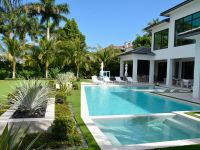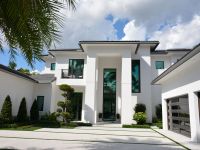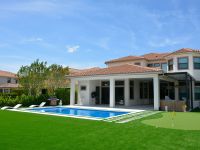Landscape Design
Landscape design is the art and practice of planning, arranging, and creating outdoor spaces to achieve functional, aesthetic, and environmental goals. It involves the deliberate arrangement of various elements, such as plants, trees, shrubs, hardscapes, water features, and lighting, to create a harmonious and visually pleasing outdoor environment.
Landscape Design Image Gallery
Click on a thumbnail below to see a larger image.
Here are some key aspects and considerations in landscape design:
Site Analysis: The first step in landscape design is assessing the site’s characteristics, including topography, soil composition, sun exposure, drainage patterns, and existing vegetation. Understanding these factors helps determine the suitability of different design elements and influences the overall layout and plant selection.
Functional Design: Landscape design considers the intended use and purpose of the outdoor space. It involves creating functional areas like seating areas, dining spaces, play areas, pathways, and circulation routes that fulfill the needs and desires of the users. The design should optimize the flow and connectivity between different zones and promote easy access and usability.
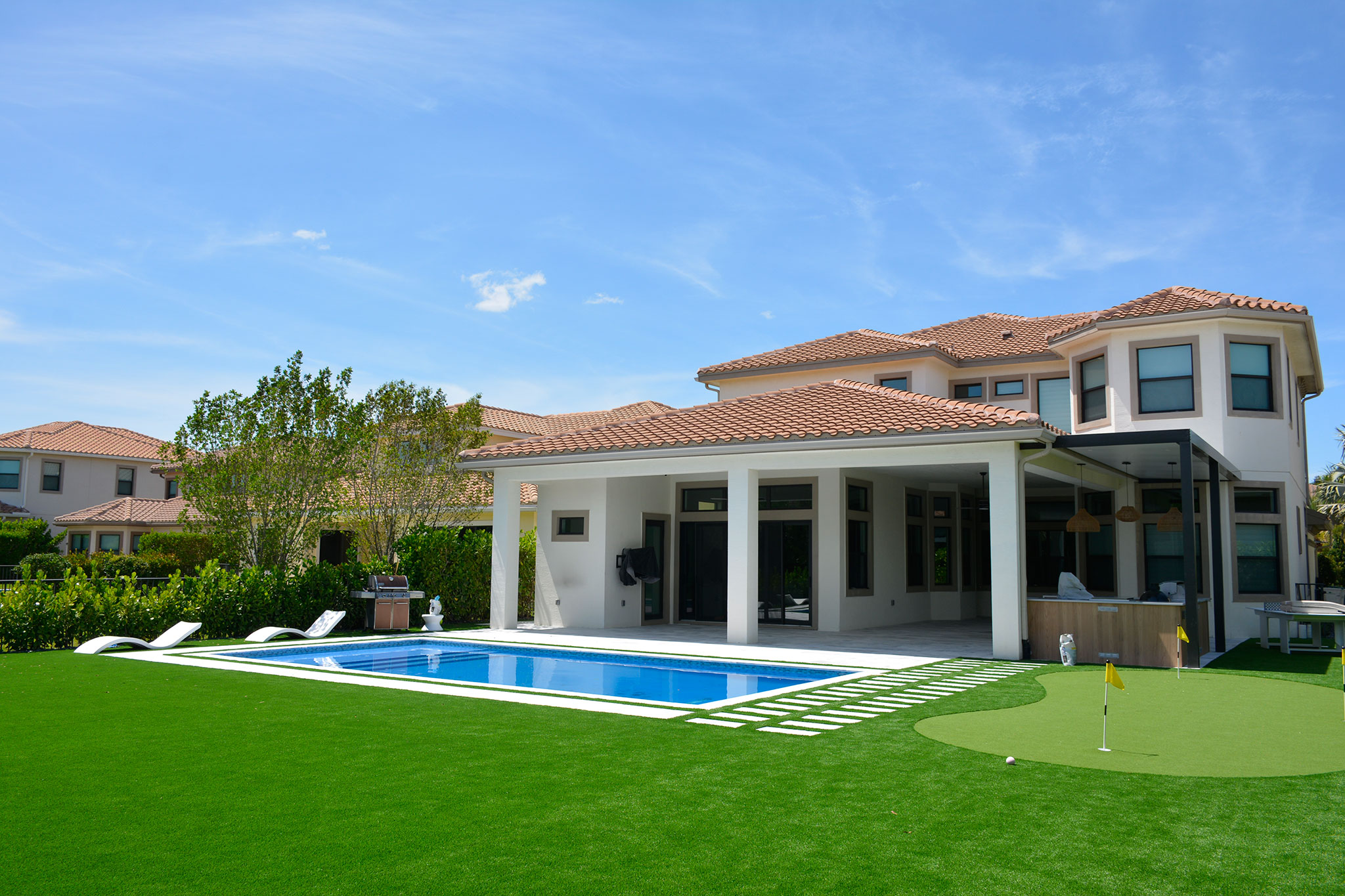
Aesthetic Appeal: Landscape design focuses on creating a visually pleasing environment. It involves selecting and arranging plants, trees, and other elements to create a harmonious and balanced composition. Factors like color, texture, form, scale, and seasonal interest are considered to achieve visual interest and create a desired atmosphere or style, such as formal, informal, modern, or naturalistic.
Plant Selection: Choosing the right plants is a crucial aspect of landscape design. Considerations include climate suitability, maintenance requirements, growth habits, seasonal changes, and compatibility with the site conditions. Plants are selected to provide visual interest, create focal points, offer shade or privacy, attract wildlife, and enhance the overall aesthetics of the landscape.
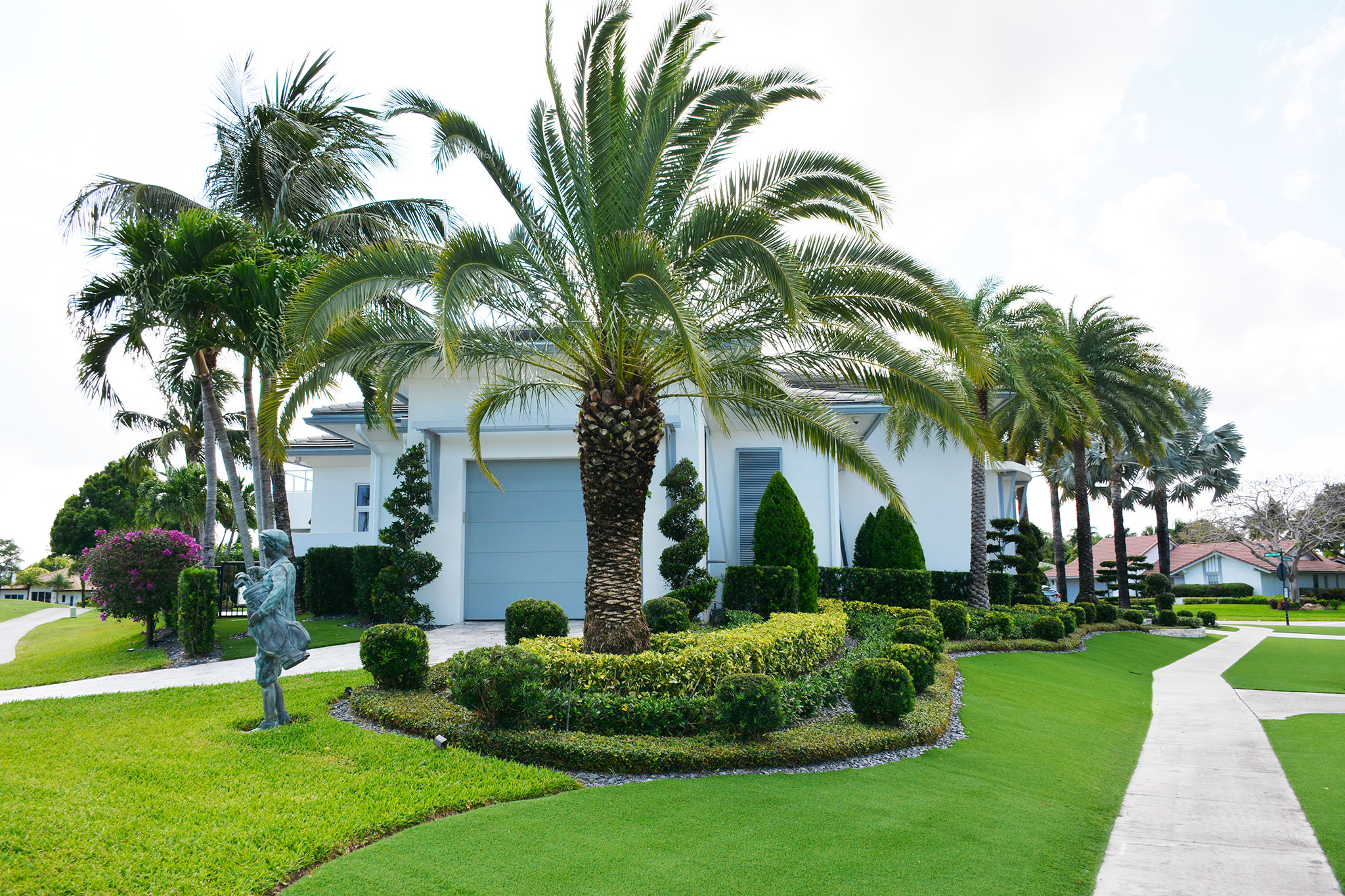
Hardscape Elements: Hardscape elements include non-living features like pathways, patios, walls, fences, pergolas, and outdoor structures. These elements provide structure, define spaces, and contribute to the functionality and visual appeal of the landscape. Material selection, such as stone, wood, concrete, or metal, is important in creating a cohesive design that complements the overall style.
Sustainability and Environmental Considerations: Landscape design increasingly emphasizes sustainable practices. This includes selecting drought-tolerant plants, implementing efficient irrigation systems, incorporating rainwater harvesting methods, and utilizing permeable paving materials. Sustainable design aims to conserve water, reduce waste, promote biodiversity, and minimize the environmental impact of the landscape.
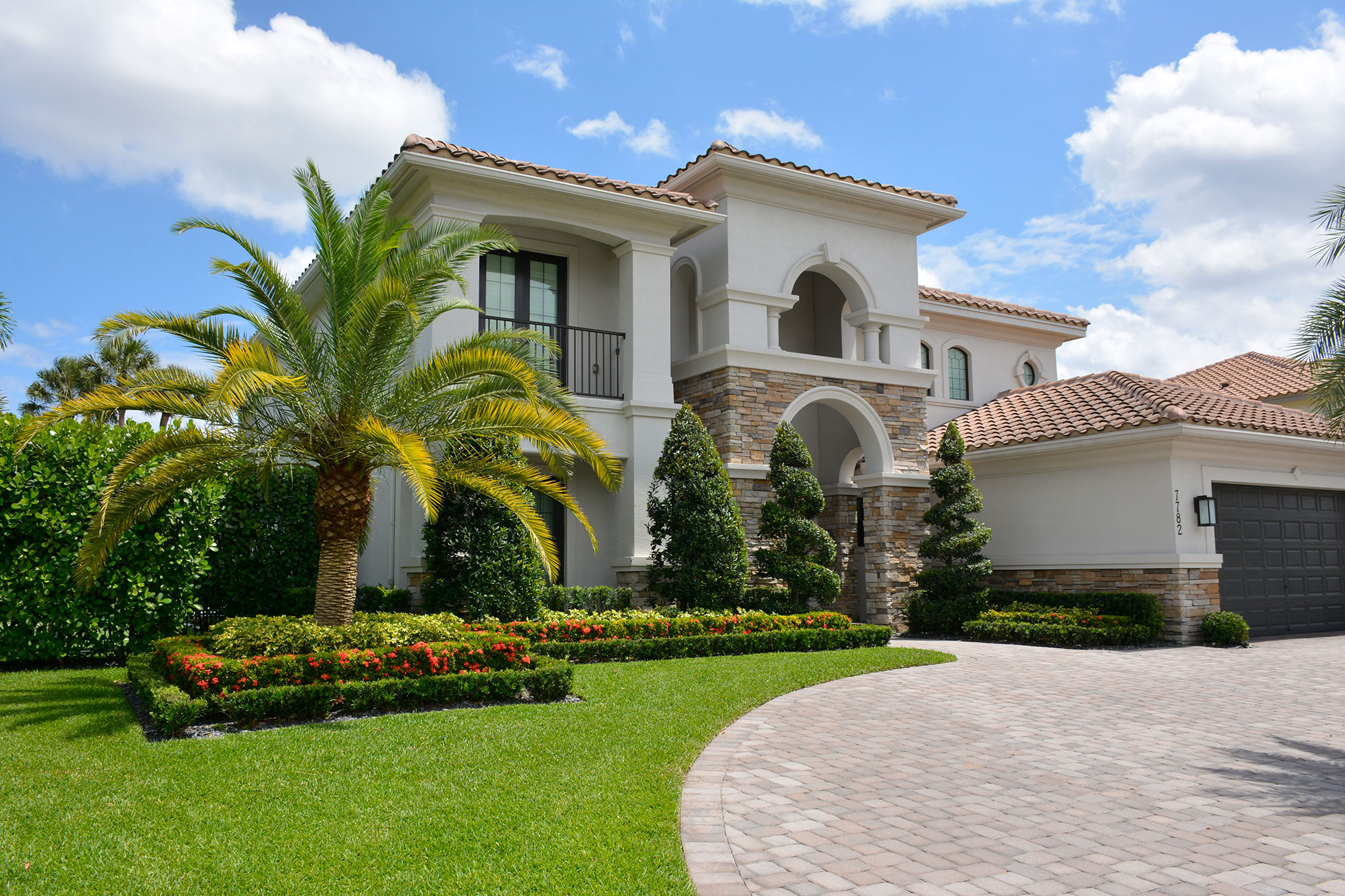
Maintenance and Long-Term Planning: Landscape design takes into account the long-term maintenance requirements of the chosen elements. It involves proper plant spacing, considering growth patterns, and designing for ease of maintenance, such as irrigation system placement and access for pruning and weeding. Incorporating durable materials and planning for future growth and expansion are essential for a sustainable and functional landscape.
Landscape design is a collaborative process between homeowners, landscape architects/designers, and contractors. It combines artistic vision, technical knowledge, and practical considerations to create outdoor spaces that are aesthetically pleasing, functional, and environmentally responsible. A well-designed landscape can enhance the beauty of a property, create a connection with nature, and provide a place for relaxation, entertainment, and enjoyment.

